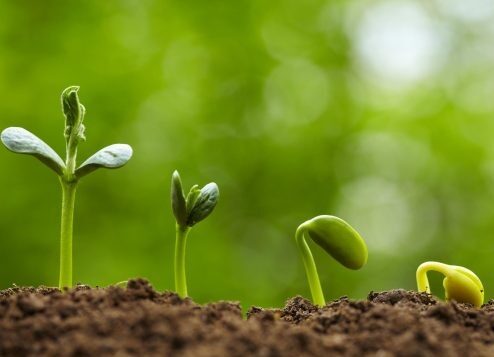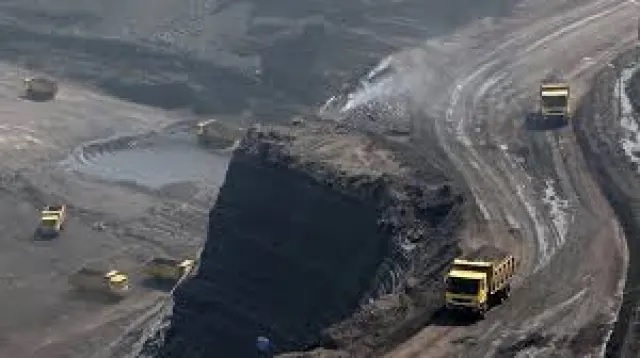Though there are two basic types of leaves of monocotyledonous and dicotyledonous plants, we observe immense diversities in their arrangements, sizes, and shapes.
Some leaves are very short, as short as they cannot be seen through naked eyes where as there are big broad leaves that can form many umbrellas for small children.
Broad leaved plants usually grow in dense forests where capture of sunlight is very difficult. On the other hand, plants growing in moderately sunny areas have medium sized leaves.
Desert plants have small and spiny leaves. Some desert plants bear spines on the places of leaves to reduce evaporation of water through their surfaces. These spines protect them from animals who avoid eating them. However, goats are seen to eat even spiny leaves and this is the reason that goats are found in desert areas.
Some leaves arise alternately on stems where as some arise opposite on them. Some leaves develop on the nodes of stems in whorls.
The arrangement of leaves on a node of a stem is called as phyllotaxy.
Further, there are leaves of many different colours and shades. This is the reason that various types of croton plants are grown in our gardens for ornamentations. Some leaves are in different colours like those of bougainvillea.
In fact, these differently coloured leaves are bracts or false leaves.
Leaf fall
Plants and trees shed their leaves from time to time. This happens due to a number of reasons.
From some plants and trees, leaves continue falling throughout the year. At the same time new leaves continue developing to compensate their number.
This can be explained as the leaves get old and filled with unwanted materials like extra food, and excretory compounds like chemicals, they fall down.
In some trees, leaves fall in a particular season. This is temperature regulated process which occurs through the formation of an abscission layer between the petiole and the stem.
Many types of trees shed their leaves as a strategy to survive cold or dry weather. Trees that lose all of their leaves for part of the year are known as deciduous trees. Trees actively shed their leaves through a process called abscission.
An enzyme responsible for shedding of leaves by formation of abscission layer is called as Abscisic acid.
As the abscission layer develops the leaf starts getting detached from the stem branch and falls ultimately. This is called as the leaf-fall or just fall. Such a tree is called as a deciduous tree.
Common deciduous trees include several species of maple and oak in the Northern Hemisphere and acacia and baobab in the tropics.
In India Mahua or the Madhuka indica, Kachnar or Bauhinia and Mango or the Mangifera indica are deciduous trees. Leaf- shedding in these trees occurs during autumn season.
Autumn marks the transition from summer into winter, in September (Northern Hemisphere) or March (Southern Hemisphere), when the arrival of night becomes noticeably earlier and the temperature cools considerably. One of its main features is the shedding of leaves from deciduous trees.
When rainy season goes off and winter approaches, one part of the earth receives less sunlight, and the air grows colder. When these changes happen, trees prepare for winter. Trees that drop their leaves seal the spots where the leaves are attached. Then fluids cannot flow in and out of the leaves, which change colour and fall off. Let us see how it happens.
The falling of the leaves does more than mark the autumn season. It also helps the tree survive the cold, dry air of winter.
In the warm seasons, leaves use sunlight, water, and air to make the tree’s food. In that process, the tree loses a lot of water through tiny holes in the leaves.
In winter, the tree does not get enough water to replace what it would lose through the leaves. If the tree did not seal the spots where the leaves grow, it would die.
When spring brings warm air and fresh water, the tree will sprout new leaves and start growing again.




